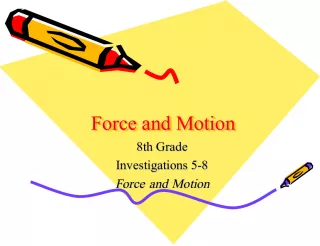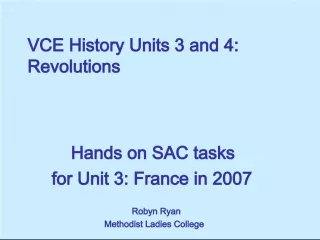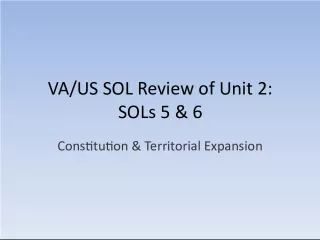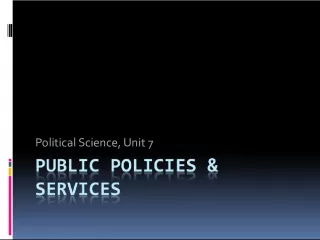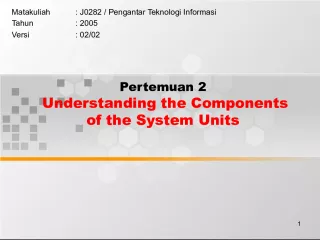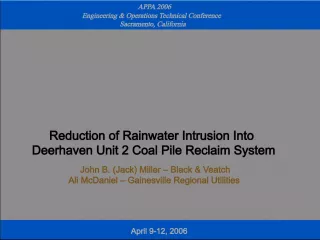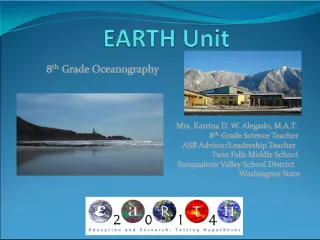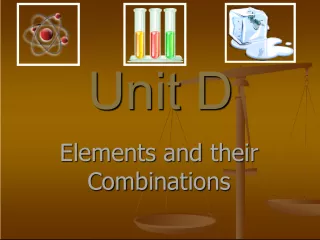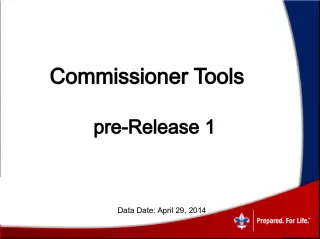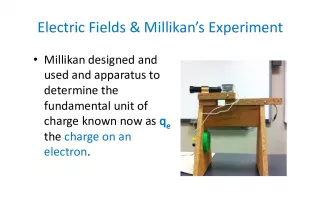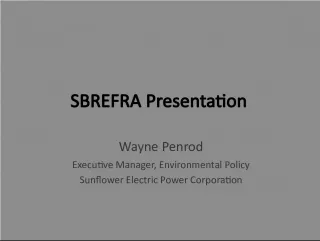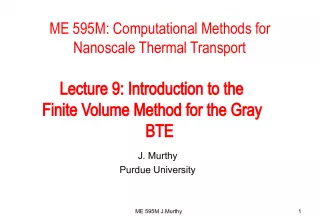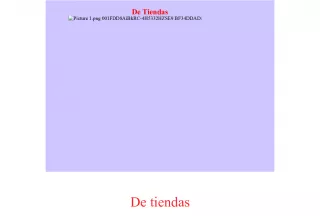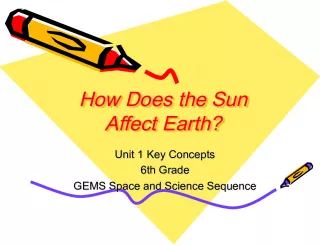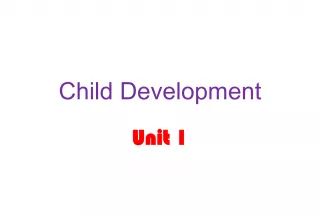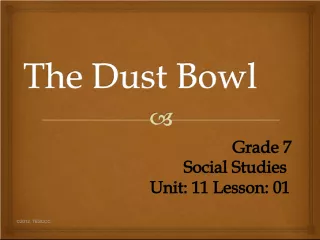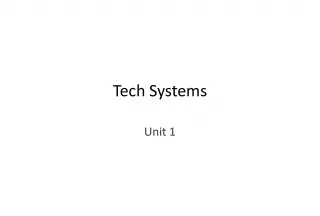Unit Three - The Ecozone Jigsaw
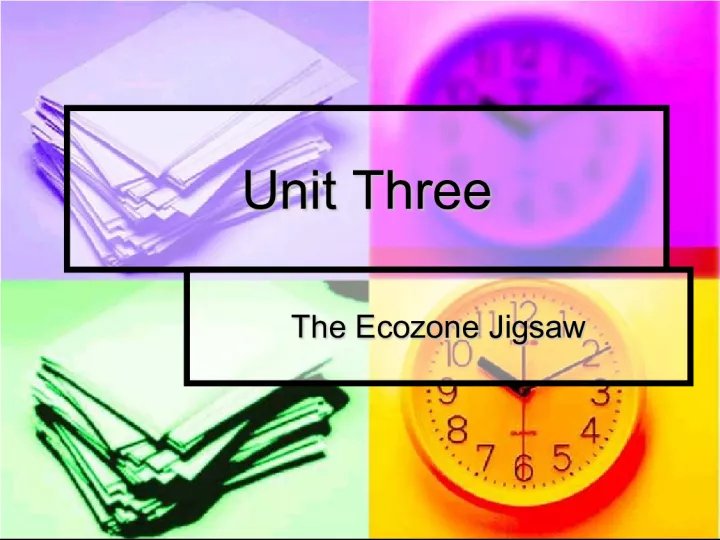

This unit focuses on understanding human interactions with the environment within ecozones. Students are expected to explain the concept of ecozones and identify and describe different types of ecozones. They will also
- Uploaded on | 1 Views
-
 arnavbhat
arnavbhat
About Unit Three - The Ecozone Jigsaw
PowerPoint presentation about 'Unit Three - The Ecozone Jigsaw'. This presentation describes the topic on This unit focuses on understanding human interactions with the environment within ecozones. Students are expected to explain the concept of ecozones and identify and describe different types of ecozones. They will also. The key topics included in this slideshow are . Download this presentation absolutely free.
Presentation Transcript
Slide1Unit Three Unit Three The Ecozone Jigsaw The Ecozone Jigsaw
Slide2Curriculum Outcomes Curriculum Outcomes 2.0 – Students are expected to explain human-environmental interactions within ecozones. 2.0 – Students are expected to explain human-environmental interactions within ecozones. 2.1 – Explain the concept of ecozones. 2.1 – Explain the concept of ecozones. 2.2 – Identify and describe human- environmental interactions in selected ecozones. 2.2 – Identify and describe human- environmental interactions in selected ecozones. 2.3 – Respond to issues influencing human- environmental interactions in a selected ecozone. 2.3 – Respond to issues influencing human- environmental interactions in a selected ecozone.
Slide3What is an Ecozone? What is an Ecozone? A geographical region that shares similar natural and human characteristics A geographical region that shares similar natural and human characteristics What type of characteristics are we talking about??? What type of characteristics are we talking about???
Slide4Characteristics of Ecozones Characteristics of Ecozones Humans Humans Landforms Landforms Water Water Climate Climate Soil Soil Natural Vegetation Natural Vegetation Wildlife Wildlife Geology Geology
Slide5Biodiversity in Ecozones Biodiversity in Ecozones All Ecozones vary in Biodiversity All Ecozones vary in Biodiversity Biodiversity -> Biodiversity -> Bio – living things Bio – living things Diversity – a large variety Diversity – a large variety Biodiversity is the variety of living things Biodiversity is the variety of living things All ecozones vary in the different species that live there All ecozones vary in the different species that live there
Slide6Ecozones of Canada Ecozones of Canada The Ecozones of Canada are divided into two parts. The Ecozones of Canada are divided into two parts. 5 Marine (water) Ecozones 5 Marine (water) Ecozones This Ecozone will be covered in another chapter. This Ecozone will be covered in another chapter. 15 Terrestrial (land) Ecozones 15 Terrestrial (land) Ecozones We will cover four of the fifteen ecozones We will cover four of the fifteen ecozones
Slide7Terrestrial Ecozones Terrestrial Ecozones 1. Boreal Shield 1. Boreal Shield 2. Mixedwood Plains 2. Mixedwood Plains 3. Montane Cordillera 3. Montane Cordillera 4. Prairies 4. Prairies
Slide8Boreal Shield Boreal Shield - The boreal , which means forest is the largest biome and natural ecosystem in the world. - The boreal , which means forest is the largest biome and natural ecosystem in the world. - A biome is a large region on the Earth, such as a rainforest or desert, which is named for the distinct characteristics of the plants that live within it. - A ecosystem is a community of plants and animals that interact with one another and with their physical environment.
Slide9Boreal Shield (Big Wild) Boreal Shield (Big Wild) The Boreal Shield is a combination of two important natural features: The Boreal Shield is a combination of two important natural features: The rocky Canadian Shield. The rocky Canadian Shield. The coniferous northern forest. The coniferous northern forest.
Slide10Boreal Shield Landscape Boreal Shield Landscape Glaciation developed thinned soils, exposed ancient granite bedrock, and many depressions. Glaciation developed thinned soils, exposed ancient granite bedrock, and many depressions. These depressions filled with water, forming lakes, swamps and bogs. These depressions filled with water, forming lakes, swamps and bogs. It has a rich biodiversity of plants and animals. It has a rich biodiversity of plants and animals.
Slide11Boreal Shield Vegetation Boreal Shield Vegetation Black spruce is the most common type of tree. Black spruce is the most common type of tree. Hardy deciduous trees, such as birch and poplar found on the southern edge. Hardy deciduous trees, such as birch and poplar found on the southern edge. Lichens and shrubs like blueberry bushes provide food for the moose and black bear . Lichens and shrubs like blueberry bushes provide food for the moose and black bear .
Slide12Boreal Shield Wildlife Boreal Shield Wildlife Larger mammals like black bear, lynx, coyote, timber wolf and moose. Larger mammals like black bear, lynx, coyote, timber wolf and moose. Smaller mammals like beaver, fox, marten, otter, red squirrel and snowshoe hare, as well fish and amphibians. Smaller mammals like beaver, fox, marten, otter, red squirrel and snowshoe hare, as well fish and amphibians. 230 different types of birds 230 different types of birds
Slide13Boreal Shield Wildlife con’t Boreal Shield Wildlife con’t Newfoundland Labrador supports aquatic animals like seals, whales, northern pike, pickerel, trout, and smallmouth bass. Newfoundland Labrador supports aquatic animals like seals, whales, northern pike, pickerel, trout, and smallmouth bass. Bugs, included beetles, dragonflies, mosquitoes, etc. provided food for birds, fish and frogs . Bugs, included beetles, dragonflies, mosquitoes, etc. provided food for birds, fish and frogs .
Slide14Boreal Shield Climate Boreal Shield Climate Continential Climate A climate type with a wide annual range of temperature and low precipitation influenced by its location away from the moderating influence of an ocean. Continential Climate A climate type with a wide annual range of temperature and low precipitation influenced by its location away from the moderating influence of an ocean. Maritime Climate A wet, moderate climate type that is influenced by the closeness of an ocean. Maritime Climate A wet, moderate climate type that is influenced by the closeness of an ocean.
Slide15Boreal Shield People Boreal Shield People The Scattered communities support about 4 million people. The Scattered communities support about 4 million people. Aboriginals, as well as others, rely on the resources like minerals, forestry, fishing, farming and hunting. Aboriginals, as well as others, rely on the resources like minerals, forestry, fishing, farming and hunting. People are also dependent on businesses in construction and tourism. People are also dependent on businesses in construction and tourism.
Slide16Boreal Shield Boreal Shield Turn to page 121 and do questions 1-4. Turn to page 121 and do questions 1-4.
Slide17Case Study -> Moose in Gros Morne National Park Case Study -> Moose in Gros Morne National Park Complete the following questions Complete the following questions 1. What is the problem addressed in this case study? 1. What is the problem addressed in this case study? 2. Describe THREE reasons why the moose population has grown so much in the park. 2. Describe THREE reasons why the moose population has grown so much in the park. 3. Choose THREE stakeholders from the final page and describe how you think these people would feel about this situation 3. Choose THREE stakeholders from the final page and describe how you think these people would feel about this situation 4. What is your opinion on how this situation should be handled? Explain 4. What is your opinion on how this situation should be handled? Explain
Slide19Mixedwood PlainsThis is the smallest ecozone covering only 9% of Canada’s total land area. More than 60% of the total Canadain population and is home 50% of Canada’s endangered species.
Slide20Mixedwood PlainsBorders three of the five Great Lakes and extends alond the St. Lawrence Seaway to Quebec City. Next door to its most important trading partner-USA, which is convenient for the transportation of people and goods.
Slide21Mixedwood Plains Climate, Soil,etc. Relatively warm and moderate climate. Mainly flat land with rich fertile soils to support agriculture and food- processing industries. Produce such as fruits, vegetables and wines.
Slide22Mixedwood Plains con’tThis region is called the Canadian Heartland and an Industrial Powerhouse , where two-thirds of the country’s goods are produced. Around the area of Lake Ontario ( Greater Golder Horseshoe) is a dense concentration of industries and commerce. The larger region is known as the Windsor- Quebec Corridor; industrial parks, heavy industry (oil refineries) and rows of hydroelectric power lines.
Slide23Mixwood Plains con’tTourism and recreation are important part of this regions diverse economy. Niagara Falls, Ontario Science Centre, CN Tower, Royal Ontario Museum and old Quebec City. Hockey, Baseball, Basketball, Football and Lacrosse.
Slide24Mixedwood Plains con’t100 people per square kilometre – ten times denser than anywhere else in Canada. Ontario has 12.8 million residents with 90% living in Mixedwood Plains. Quebec has 8 million with 80% living in Montreal, Quebec City and Trois- Rivieres.
Slide25Mixedwood PlainsArgriculture, logging and the growth of cities have completely changed this ecosystem. More than 90% of the original wetlands have been drained for farming and urban development. This ecosystem originally consisted of thick, green forest cover with a mix of coniferous trees (eastern pine, red pine and hemlock).
Slide26Mixedwood PlainsThis region also included abundance of deciduous (sugar maple, red oak, and white elm). Most species have disappeared with the exception of white-tailed deer, foxes, and grey and black squirrels. Some species have adapted including coyotes, raccoons, mice, and groundhogs. Living within cities (nuissance)
Slide27Mixedwood PlainsTurn to page 149 and do questions 1 & 2.
Slide28Montane Cordillera Montane Cordillera • • Most of this ecozone lies in British Columbia with about 10% in Alberta. • • Rows of mountains are separated by wide valleys, and a plateau , which is an area of elevated, flat land.
Slide29Montane Cordillera Montane Cordillera • Natural vegetation depends on its location on the mountains or in the valleys. • Windward (west) side of a mountain recieves orographic precipitation creating dense coniferous forest. • Alpine tundra is found on the top of the mountain where it is too cold and wind swept for tree to grow.
Slide31Montane Cordillera Montane Cordillera • Leeward (east) side of the mountain do not receive as much precipitation and are protected from the westerly winds. • Grasses and sagebrush grow in the valleys of these dry regions.
Slide32Montane Cordillera Montane Cordillera • The beauti of watersheds, mountains and forests provides an excellent opportunity for tourism and recreation. • Forestry is also an important industry in this region providing many jobs. • The soils is ideal for fruit farming and vineyards. • Coal deposits have resulted in many mines.
Slide33Montane Cordillera Montane Cordillera • Two major challenges: 1. Only 5% of the land is suitable for agriculture. 2. Urban growth, industrialization, and increasing tourism are causing increasing pressure on the fresh water supply of the ecozone.
Slide34Montane Cordillera Montane Cordillera • Turn to page 127 and do questions 1-4.
Slide35PrairiePrairie Appears flat, but has many potholes and slough (pronounced sloo ) can be seen due to glaciation. Appears flat, but has many potholes and slough (pronounced sloo ) can be seen due to glaciation. Many depressions are filled with water supporting a wide variety of plants and wildlife. Many depressions are filled with water supporting a wide variety of plants and wildlife. During period of dry weather this region experiences drought. During period of dry weather this region experiences drought.
Slide36PrairiePrairie River valleys with many small tributaries can be seen flowing across Prairie land. River valleys with many small tributaries can be seen flowing across Prairie land. The area includes many hills and eroded badlands created by the erosion of sedimentary rock. The area includes many hills and eroded badlands created by the erosion of sedimentary rock. Gently rolling grasslands gives way to trees, mainly aspen and poplar. Gently rolling grasslands gives way to trees, mainly aspen and poplar.
Slide37PrairiePrairie A continental climate can be found in this region, dry with extreme range in temperature, winters are cold and summers are hot. A continental climate can be found in this region, dry with extreme range in temperature, winters are cold and summers are hot. Climate is caused by: centre of continent, Rocky Mountains is a barrier to rain-bearing winds, dry arctic air making winters long and cold, long distance from any large bodies of water. Climate is caused by: centre of continent, Rocky Mountains is a barrier to rain-bearing winds, dry arctic air making winters long and cold, long distance from any large bodies of water.
Slide38PrairiePrairie Extreme summer thunderstorms and in some case tornadoes. Extreme summer thunderstorms and in some case tornadoes. Lowest rainfall in Canada ranging from 250-700 millimeters. Lowest rainfall in Canada ranging from 250-700 millimeters. Many farmers build shelterbelts and windbreaks to protect farms from chinook winds. Many farmers build shelterbelts and windbreaks to protect farms from chinook winds.
Slide39PrairiePrairie Grows many crops such as, wheat, barley, canola, peas and lentils. Grows many crops such as, wheat, barley, canola, peas and lentils. Livestock operations such as, beef, dairy cattle and hogs. Livestock operations such as, beef, dairy cattle and hogs. Soil has a thick layer of topsoil providing rich, fertile organic materal known as humus . Soil has a thick layer of topsoil providing rich, fertile organic materal known as humus .
Slide40PrairiePrairie Factors such as pesticides, over farming, drought and over grazing by animals can be determental to this ecozone. Factors such as pesticides, over farming, drought and over grazing by animals can be determental to this ecozone. The economy for this region is the oil and gas industry, agriculture and mining. The economy for this region is the oil and gas industry, agriculture and mining.
Slide41PrairiePrairie Turn to page 136-137 and do questions 1-5. Turn to page 136-137 and do questions 1-5.
Slide42Protecting The Ecozones United Nations guidelines suggested each Country protect 12% of total land use. All people involved with the use and protection are called Stakeholders . Stewardships involve taking care of private land or donating land for protection.

